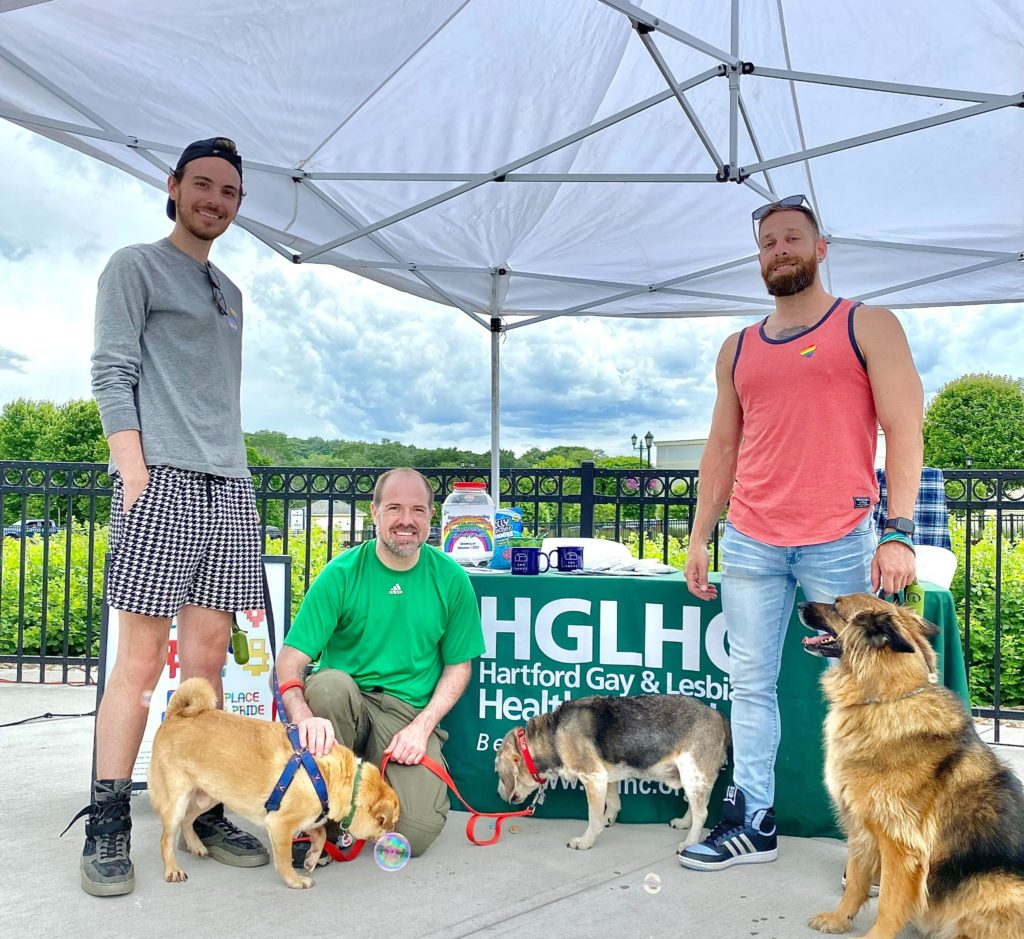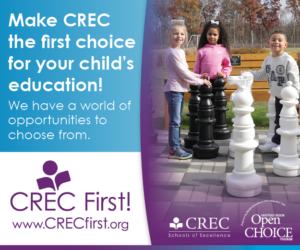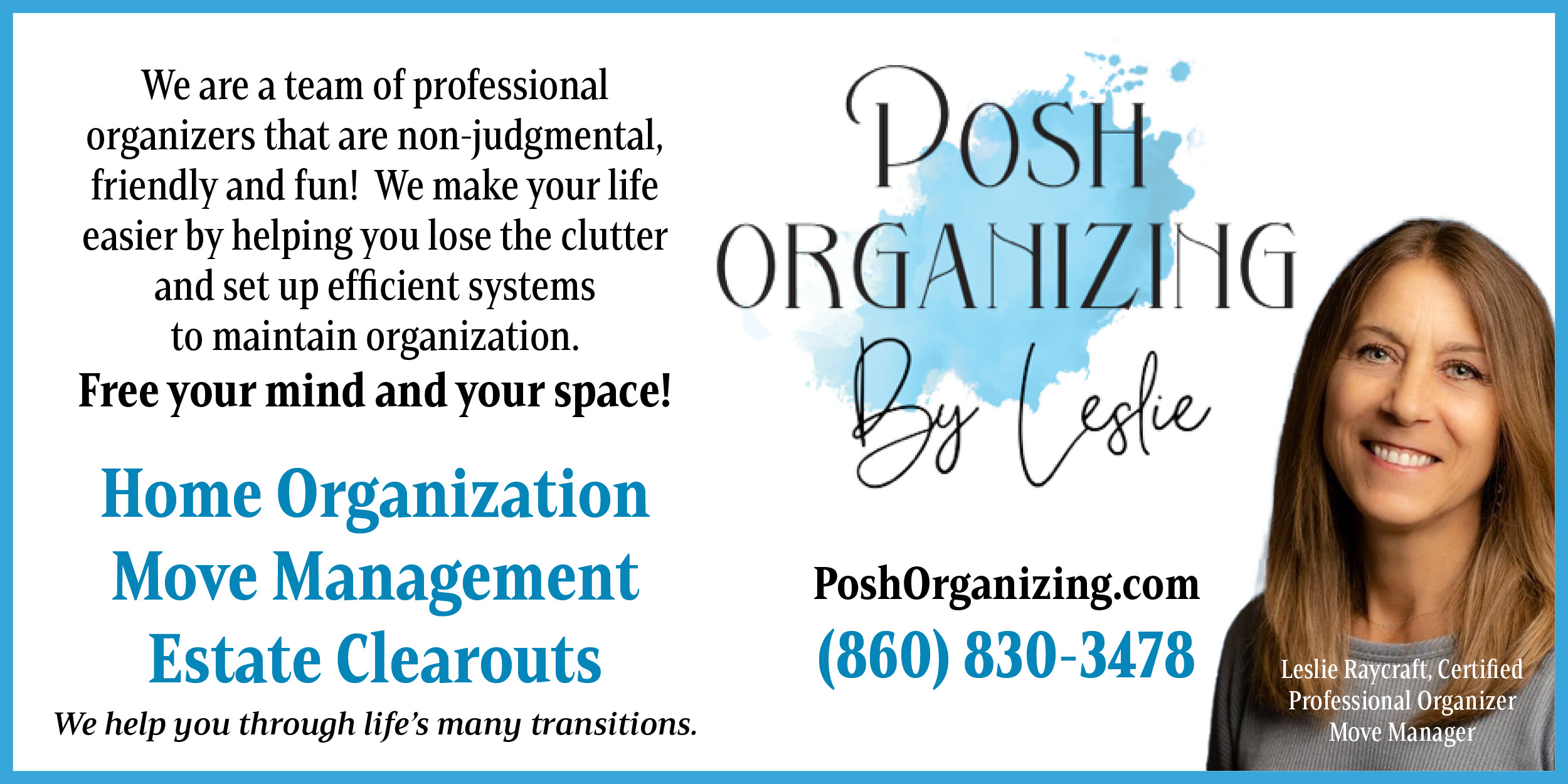By Jane Latus
If what doesn’t kill you makes you stronger, and you aren’t dead … you must be one of Connecticut’s leading LGBTQ+ nonprofits in the non-quite-yet-aftermath of Covid.
Except for resuming most services in-person, directors of three of the state’s major nonprofits say they are still in the midst of managing Covid. They’ve made many changes, weathered drops in donations, worked overtime, and exhausted themselves. But they also managed to create joy, discovered ways to better serve their clients, and strengthened alliances.
Nonprofits are always challenged to raise funds and provide services, and particularly during Covid, the need was greater than ever, and people were strapped when it came to being able to donate. Still, thanks to perserverance, vision, and commitment, LGBTQ+ organizations were able to weather the storms (even the unexpected ones) and continue to provide much-needed services and support.
It wasn’t just COVID that upset this organization. In November 2022, the Pride Center lost its nonproft status after failing to file some financial reports. They are in the process of reorganizing under the new interim director, Juancarlos Santos.
Previously, however, the Center had supported the community through the pandemic.
Food insecurity was the center’s initial top priority, with 65 percent of clients reporting it as a problem. Many in the community lost their jobs, and with it their income. The organization had to pivot to operate as a food pantry.
For 17 weeks, 30-40 volunteers delivered food to up to 125 families. Deliveries including pasta, rice, canned tuna, beans, fresh fruits and vegetables, and fresh-baked bread provided at cost by G Café Bakery on Orange Street. A grant funded the program.
The center remained open for three weeks after quarantine began, and was able to meet their clients’ needs. Within three weeks they ramped up virtual programming: drag performances, panels, social groups, book clubs, tours of the center’s art gallery, and Netflix movie nights where people could stream together and chat. Programs were designed to keep the community connected.
They began a weekly email. It was designed to provide encourage and resources, and the community responded positively, looking forward to each edition.
Some pandemic-produced worries were unique to the community. HIV-positive people were worried about supply chain issues for their medications. Young people were going back in the closet because they were back home.
Funds were even tighter than usual, but they were able to secure some PPP (Paycheck Protection Program) grants, which allowed them to add caseworkers and increase staff.
One other issue emerged during the pandemic: an acceleration of hate. The Center was attacked in social media as they tried to advertise Pride celebrations during Covid. For example: a parent asked for help after their nonbinary middle school student was kicked out of a private school over their identity. Worried parents and teachers were calling over rumors that area schools may prohibit GSAs (gay-straight alliances.) The Greenwich school board this year removed sexual orientation and gender identity from its Title IX policy.
All that worked virtually stopped when the Center lost its nonprofit status, However, in February of this year, Interim Director Santos and the Center’s board were able to reestablish the Center’s nonprofit status and got $200,000 in relief funding from the state. It is in the process of returning to its focus as a community center and with the support of many New Haven organizations and political backing is on the road to re-establishing its important role in the community.
Hartford Gay & Lesbian Health Collective
“Busier than ever” is how director Estabrook describes the health collective. Last August the clinic saw 178 people, up from 26 in July.
Anyone who thinks Covid is over obviously doesn’t answer the phones at HGLHC, where Covid is getting in the way of vaccinations for yet another disease, Monkeypox. (The disease is now being referred to as “Mpox.”) “We’re scheduling clinic appointments for [Mpox] vaccines, and every single week people are calling and saying, ‘I have Covid and need to reschedule my appointment,’” says Estabrook.
Add to that skyrocketing cases of sexually transmitted diseases. The Centers for Disease Control last fall announced a steady rise in STDs over five years, including a 65 percent increase in syphilis. “Those continue to go up,” according to Estabrook.
Managing these illnesses is in addition to the daily services the collective provides, among them: HIV and STD testing, sexual health exams, providing PrEP, and services like dental care and daily meals for people living with HIV/AIDS.
Changing guidance from the CDC keeps staff heads spinning as well. The CDC keeps reversing its opinion on whether you can administer Covid and Mpox vaccines together, says Estabrook.
Some things are certain about the Mpox vaccine, though, and they’re important for those for whom it’s recommended to know: HGLHC has plenty of it, it’s free, and—most importantly—it doesn’t become fully effective until two weeks after receiving the second shot.
Estabrook stresses that behavior change is crucial. “It isn’t just the vaccine slowing the numbers of Mpox: it’s behavioral change, having fewer sex partners.”
Meanwhile, she adds, “Covid continues to exist, and it continues to impact the Health Collective and the people we serve.” Covid necessitated many adaptions, including physical changes to their buildings. To prevent Covid from spreading, they converted a room into a negative pressure room. This room is now being used for administering Mpox vaccines. “What we learned about PPE from Covid we apply to the Mpox situation,” Estabrook says.
The changes cost “tens of thousands of dollars,” she adds. “In the initial six-month-to-a-year period, various entities stepped forward with funding, so we were able to buy air filters, and special equipment for the dental clinic.” That equipment prevents particulates from getting from the mouth into the air.
The collective’s biggest fundraising event, One Big Event, had to move online for two years. It was back in person in November.
The dental clinic is back open, and social and support groups are back in full swing in various combinations of indoor/outdoor/online.
The meal program, which serves 350-400 people, switched from buffet style to take-out containers. A social component was added to make up for not meeting in-person.
For health care workers, ebbs and flows and tsunamis come with the territory. “It does take a toll when you respond to a public health emergency, but everyone steps up to the plate,” says Estabrook. “And we make changes and continue to move forward in a productive way.”
“Great timing” might sound sarcastic, but when Rivas took over as executive director at the start of the pandemic, it was fortunate that he was already a board member, so well familiar with the organization.
A surging demand for mental health services (especially among the young and old) was the center’s biggest Covid-related challenge, he says. Staff members were working double-duty to try to keep up.
The center was able to expand services at no cost by implementing a new intern program. Eight interns, working toward their professional licenses, provided 2,300 hours of free counseling in 2021. The monthly caseload shot up from 20 people to 70. “It helped us get rid of the waiting line for mental health services,” says Rivas.
The center trains interns to be LGBTQ-competent, so wherever they end up working, that effort will support their future proficiencies. The center has even hired two of its interns.
They added two more clinicians, including a grant-funded counselor who counsels LGBTQ+ students at Norwalk public schools. “The schools introduced LGBTQ questions to a student survey and, not shocking to us, the highest rates of suicidal ideology, depression and anxiety are in the LGBTQ community,” says Rivas.
Another Covid change was an expansion of the center’s food pantry. Previously it was only for clients’ emergency needs, but the center learned that local food banks were working at capacity. “We decided we’d help alleviate that stress,” says Rivas. “During the pandemic we spend about $18,000 just to keep the food pantry stocked.” Pre-Covid, that was $4,000 a year.
Also due to Covid, “All our programming had to switch completely around.” The result, though, was an increase in offerings. They added programs for kids under 13, and more programs for seniors, including a popular pen pal program with an LGBTQ center in Washington, DC. A bonus of moving activities online was that it eliminated lack of transportation as a barrier to participation.
Creative thinking was successful—but tiring. When easing back into in-person events in 2021, the center broke down its annual Pride in the Park to 15 separate events to keep them small, outdoors, and safe. Events included the inaugural Pride Parade of Sail, concerts, a movie night, drag brunch and…well, many more. “That was a lot of work on our part. We were all exhausted by the end of June,” says Rivas. “We were very happy to have four events this year in June!”
As with other groups, fundraising took a hit. PPP grants helped, but they had to cut expenses.
The center is looking to fill three full time positions: grant writer, development manager, and community engagement manager. Rivas says, “Looking for the right person is like finding a unicorn.”
The center’s biggest fundraiser was back in person in October—a boost for both the budget and the spirit. The Gala’s theme was Queer Prom, an opportunity missed by many the first time around, to attend as their true selves.
Encouraging as all this is, there’s always more need. To find out what’s needed, where to donate, and how to volunteer, click on the link for each organization.









More Stories
Connecticut Sun: Playing for Good
Call Him Mister Connecticut: Jean Carlo Salazar’s Journey as Nurse, Model and Pageant Contestant
Ensuring a Seat at the Table